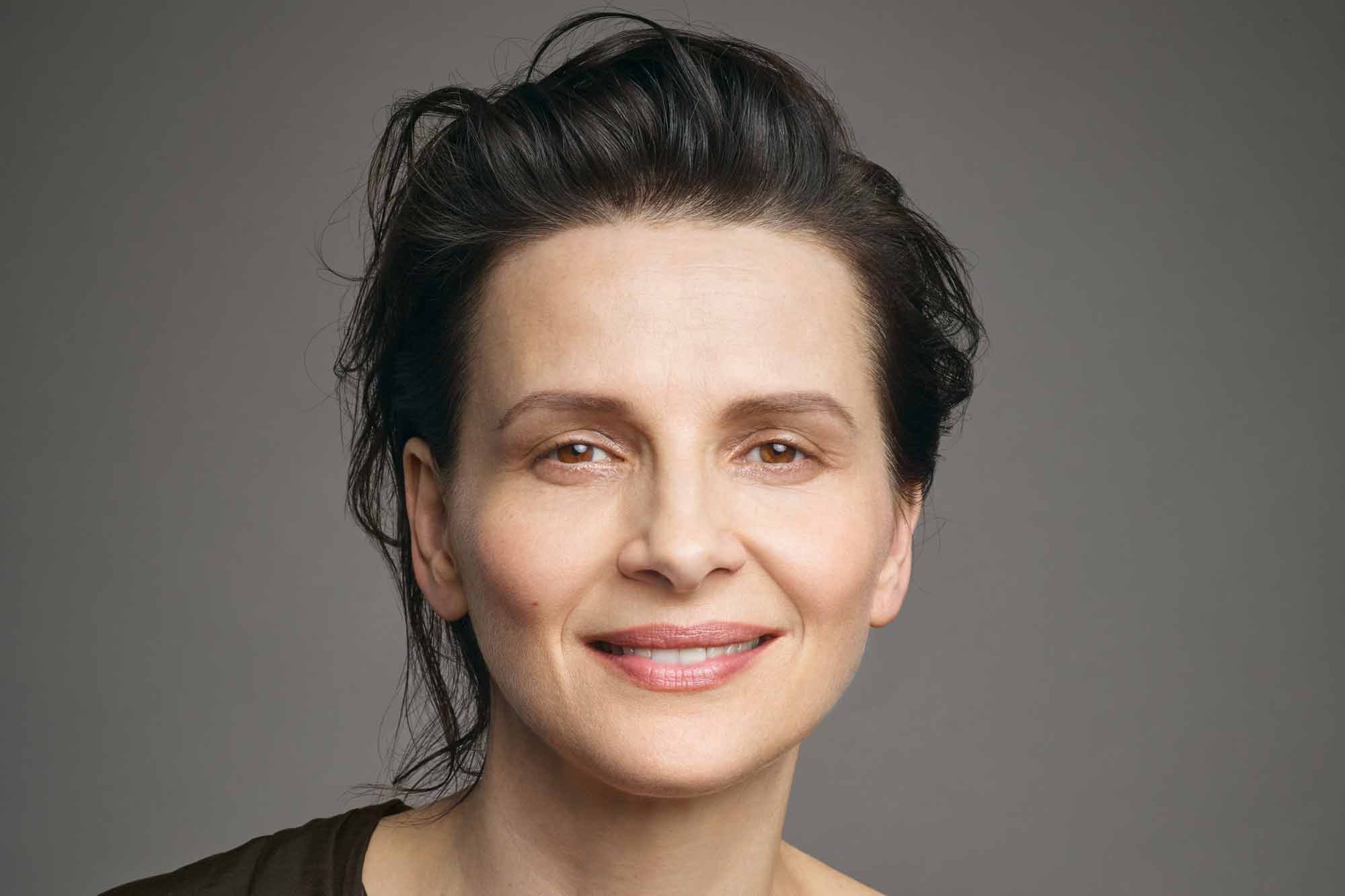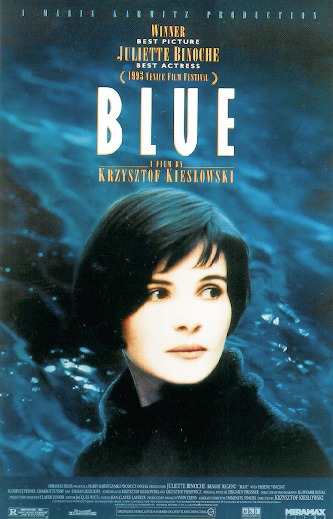

Three Colours trilogy: Decoding the blue, white and red
For some cinephiles, reconsidering Krzysztof Kieslowski’s Three Colours trilogy is like finding an old photo of yourself in 90s clothes and a 90s haircut. This series of three conceptually interlocking movies – his last work, in fact, before he died following heart surgery in 1996 – was by far Kieslowski’s biggest international hit, helped in this country by poster campaigns featuring the luminous stars of each: Juliette Binoche, Julie Delpy and Irène Jacob, a gorgeous young aristocracy of French cinema. The films were co-written by Krzysztof Piesiewicz, a lawyer by training; now a parliamentarian and somewhat conservative figure in Poland.
Trois couleurs: Bleu (Three Colors: Blue). 1993. France/Poland/Switzerland. Directed by Krzysztof Kieślowski. In French; English subtitles. 98 min.
Screenplay by Kieślowski, Krzysztof Piesiewicz, Agnieszka Holland, Edward Zebrowski. The first installment of Kieślowskii’s intricate Three Colors trilogy is a melodrama set in a stylized France of material plenty. Juliette Binoche is the coddled wife of a famous composer, who suddenly finds herself alone when her husband is killed in a car accident. Shaking off her old identity, Binoche sets out to explore her newfound freedom, but finds that she is unbreakably bound to other humans, including one in particular—her husband’s mistress, whose existence she never suspected. Courtesy Janus Films.
